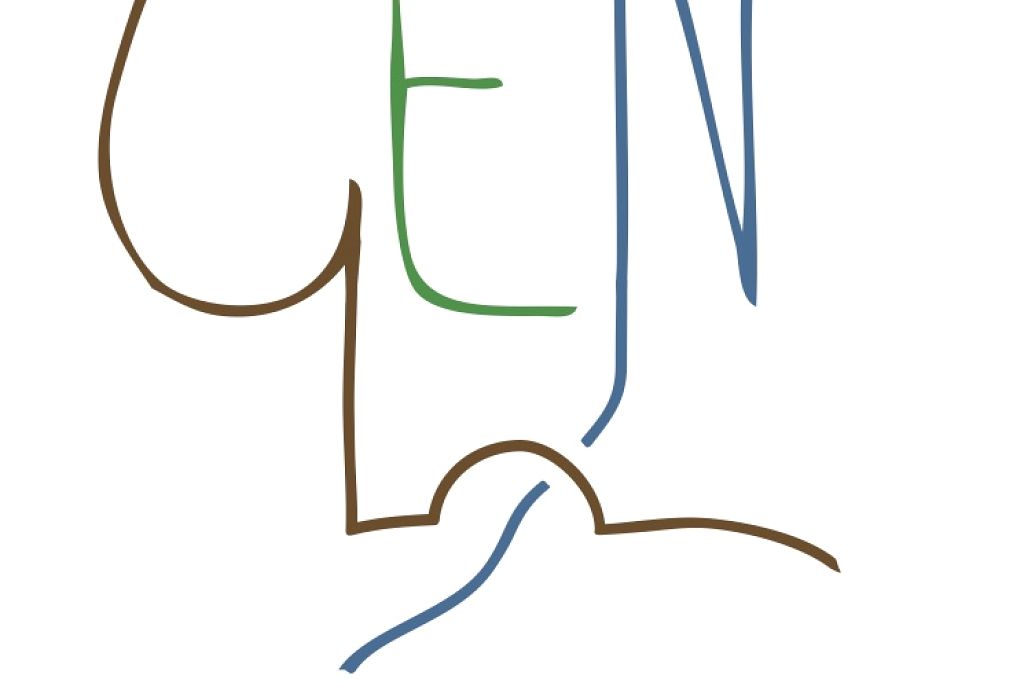Attracting the future

Complexity theory offers us the idea of attractors, which are things around which particular phenomena gather. Vague enough for you? When I first was reading about chaos and complexity theory in the 90s, this idea just didn’t stick for me, no matter how many times I looked at the pretty pictures of strange attractors. Nowadays, I think it is one of the very most helpful ideas inside complexity theory, and I use it all the time (aren’t our own changes fantastic?). We think about the idea organisationally as a kind of cultural or practice magnet that attracts patterns of behaviour that you either want or don’t want (or sometimes both). We think that in complex adaptive systems like organisations, having a sense of some of the key attractors is incredibly helpful in terms of beginning to plan your approach to change.
For example, we work with a bunch of organisations for whom the remuneration system is a strong attractor. Our clients are really intentional and thoughtful about remuneration and about what they want the system to do (be equitable, transparent, etc.) but they rarely think about the system as an attractor. Remuneration policies can attract behaviours people want (hard work, focus on results, etc.) and also attract behaviours people don’t want (competition rather than collaboration, a focus on looking outside for what’s important instead of growing self-authorship). Paying attention to what sorts of behaviours are attracted in this system is another way of making sense of how to shape it in the future.
Closer to home, we’ve just had the experience of a powerful attractor at the Growth Edge Network Gathering in Cambridge, MA last weekend. Three of the partners in this firm founded this Network (Keith, Carolyn, and me) and Jim, in his pre-partner, organisational bigwig days, was our first member. We weren’t thinking as clearly about attractors in those days (everything is relative—my thinking about attractors is still foggy) but we had a hunch that if we built a space for a network to form, fantastic connections and relationships and ideas would gather there. (Here we can reference the mystical movie about systems attractors, Field of Dreams, and the perhaps not totally complex idea that “If you build it, they will come.”)
The Growth Edge Network was supposed to be an attractor, a magnet around which patterns of behaviour gathered, and which we could expand or dampen depending on how much those patterns seemed beneficial or not. The idea isn’t that you can control what those patterns of behaviour might be—you can’t say things like “I want people to build a more integrated theory of adult development and so I’m going to build this network to ensure that happens.” You can have hopes about building that more integrated theory, and you can shape the attractor to make it more sticky to that particular pattern of interaction (by inviting lots of people from different theoretical backgrounds), but if you’re really seeing this through a complexity theory lens, you’ve got to recognise that that one pattern of behaviour you want is only one of a thousand options that might emerge.
Last week we watched what the Growth Edge Network attracted. We were moved at the beneficial patterns: nearly 80 incredibly interesting people from all over the world gathered in Cambridge for deep and amazingly open conversations where they built connections and ideas. We were troubled by the patterns we saw as non-beneficial: an all-white gathering of people of privilege, focusing much of their attention on supporting people (mostly often of privilege) to grow.
But perhaps, for the purposes of this blog (and for our great delight), we were moved at how powerful an attractor the pull was, and corresponding behaviours of open engagement, deep conversation, curiosity, and common wonder that seemed to be held by this particular attractor. We knew that many of these same initial conditions could have attracted patterns of behaviour like competition between different theoretical factions, self-protection around the theoretical perspective each person was aligned with, tension and mistrust that evolved from the fact that so many of us were independent consultants, ultimately in competition with one another for work. And while perhaps these behaviours sprung up from time to time (though not that I saw), the beneficial attractors just proved stronger, and the community self-corrected its way to an emergent sense of deep respect, trust, and even love.
This is one of the ways I’ve been thinking about attractors this week in relation to this community my partners and I began, and I have also been struck by the many contexts where the idea of attractors was the most powerful thing going on in my head. I’ll play with some of those over the next few blogs, and hope that they attract some kind of pattern of conversation—either one I can see and participate in on the comments below, or one that you have that is invisible to me but helpful to you in some ways.
PS To find out more about the Growth Edge Network, you can visit our website www.growthedge.net. We are an invitation only community (this was one of the things we hoped would be a beneficial attractor) but the two core criteria are that 1) you believe in the possibility for positive adult development and 2) you are still bewildered in some fundamental way about the whole adult development question. We ask people to bring their curiosity and sense of wonder along with their knowing. The Growth Edge Network is not connected to Cultivating Leadership except through the overlap in our membership—it is a not-for-profit community of practice. If you’re interested in joining us, email Diana at admin@growthedge.net.
Beautiful! I was pretty sure you’d write something fantastic about the gathering on our blog! And you did not disappoint.